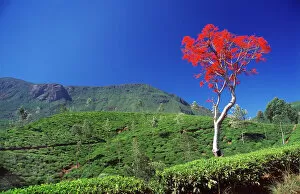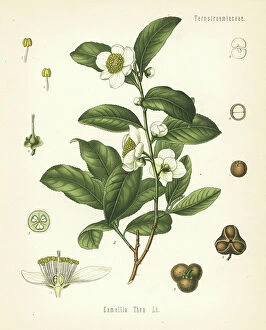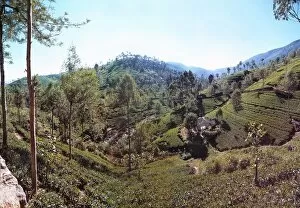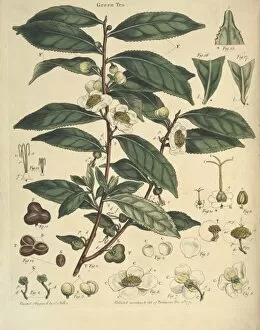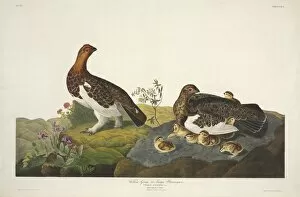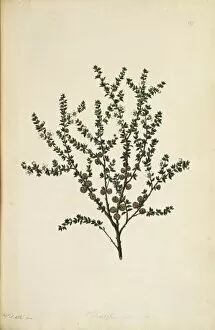Camellia Thea Collection
Camellia thea, also known as tea, is a plant that has been cultivated for centuries and holds significant cultural and historical value
All Professionally Made to Order for Quick Shipping
Camellia thea, also known as tea, is a plant that has been cultivated for centuries and holds significant cultural and historical value. Originating from Sri Lanka's lush tea estates, a species of evergreen shrub belonging to the Theaceae family. Tea production in Sri Lanka dates back to colonial times when British settlers introduced Camellia thea to these fertile lands. Today, these picturesque tea fields are renowned worldwide for their high-quality teas. The leaves are carefully hand-picked by skilled workers who ensure only the finest leaves make it into your cup. Interestingly, Camellia thea shares its scientific name with another variety called Thea chinensis. This Chinese variant is equally revered for its aromatic flavors and health benefits. Both varieties have played an integral role in traditional medicine practices due to their rich antioxidant properties. In addition to its culinary uses, it has found applications beyond just brewing a hot cuppa. Leptospermum fabricia or tea-tree oil derived from Melaleuca viridiflora (also known as weeping tea tree) have long been used in skincare products due to their antibacterial qualities. The significance of this remarkable plant extends far beyond Sri Lanka's borders too. In Japan's enchanting city of Kyoto stands Kinkaku-ji or Golden Temple - a UNESCO World Heritage Site surrounded by stunning gardens adorned with various flora including Camellia thea plants. These elegant shrubs add beauty and tranquility to this iconic landmark. As we sip our favorite brews made from Camellia thea leaves, let us appreciate not only its delightful taste but also its deep-rooted history and cultural connections spanning across continents. From John Lettsom's Natural History of Tea Tree documenting its botanical wonders to ancient rituals at Kinkaku-ji in Japan.

